Commercially available AI reduces radiologists' workload by 34% in certain screening settings
Health Imaging
JUNE 4, 2024
It also increases cancer detection rates and reduces false positives, according to new work published in the journal Radiology.
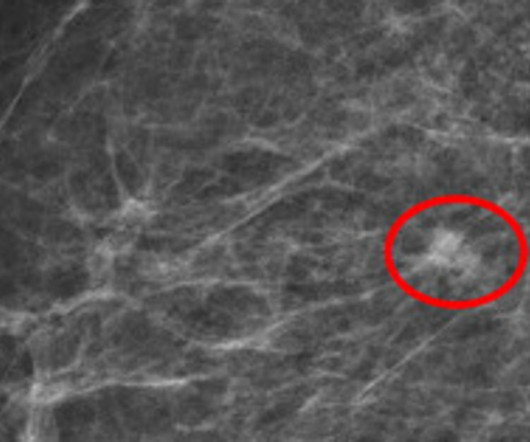
Health Imaging
JUNE 4, 2024
It also increases cancer detection rates and reduces false positives, according to new work published in the journal Radiology.
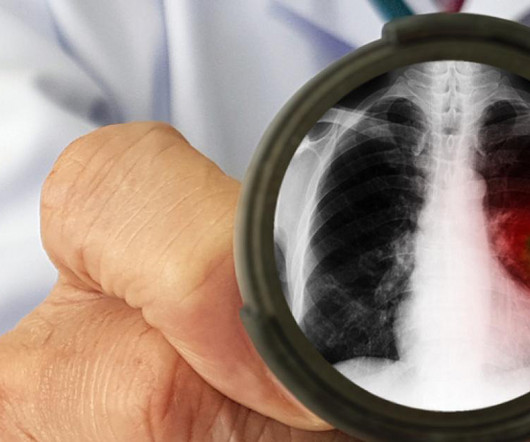
Radiology Business
JUNE 4, 2024
Researchers believe their analysis offers some of first evidence highlighting connections between racism and the decision to receive low-dose CT.
This site is protected by reCAPTCHA and the Google Privacy Policy and Terms of Service apply.

Health Imaging
JUNE 4, 2024
The new series touches on topics like the basics of reading reports, information on BI-RADS and LI-RADS, how to digest data specific to various anatomy, and more.

Radiology Business
JUNE 4, 2024
The measure removes requirements related to MRI and PET, along with freestanding EDs and ambulatory surgery centers.
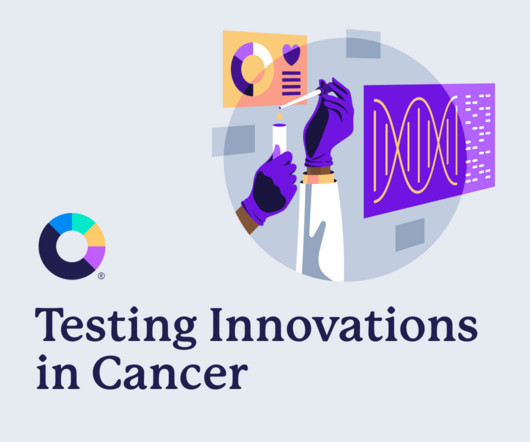
Advertisement
Amidst rising cancer prevalence and soaring costs, new cancer technologies and innovations are emerging to support the early detection, treatment, and surveillance of cancer. Read this guide to understand how to evaluate these solutions for your employees and members – and to learn more about the current state of coverage, clinical and cost effectiveness, and impact on quality and outcomes.

AuntMinnie
JUNE 4, 2024
Genicular artery embolization (GAE) for mild-to-moderate knee osteoarthritis can reduce pain for patients for up to two years, according to an article published May 31 in Cardiovascular and Interventional Radiology. A follow-up study of patients who underwent the minimally invasive procedure suggested that GAE represents a valuable alternative in managing mild-to-moderate osteoarthritis patients, a group at University of Reading in the U.K. reported.
Diagnostic Imaging Brief brings together the best content for architecture professionals from the widest variety of industry thought leaders.

AuntMinnie
JUNE 4, 2024
Lantheus’ AI software aPromise for assessing prostate-specific membrane antigen PET/CT exams is now available on Siemens Healthineers’ syngo.via platform. aPromise is a U.S.-cleared deep learning algorithm that provides quantitative total disease burden on F-18 DCFPyL (Pylarify) PET/CT images. Recent clinical studies have shown that total quantitative burden with aPromise supports patient selection for prostate cancer radioligand therapy and automates monitoring response over time, Lantheus said
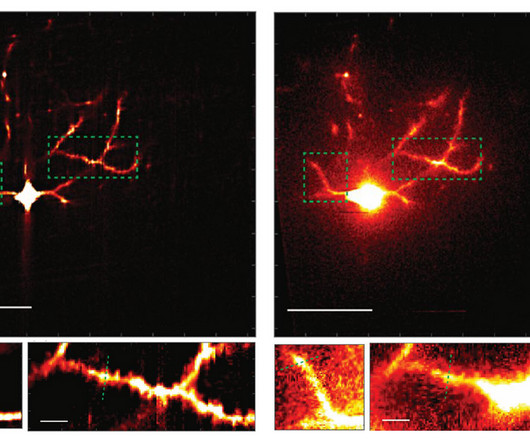
Medical Xpress: Radiology
JUNE 4, 2024
The brain's ability to learn comes from "plasticity," in which neurons constantly edit and remodel the tiny connections called synapses that they make with other neurons to form circuits. To study plasticity, neuroscientists seek to track it at high resolution across whole cells, but plasticity doesn't wait for slow microscopes to keep pace and brain tissue is notorious for scattering light and making images fuzzy.
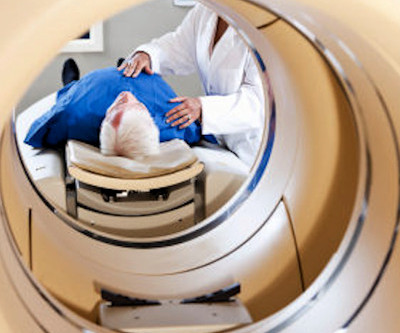
AuntMinnie
JUNE 4, 2024
GE HealthCare has delivered its first StarGuide SPECT/CT scanner in Canada to Nova Scotia Health’s QEII Health Sciences Centre. The acquisition is part of a 6-million-Canadian dollar ($4.4 million U.S.) project that is being equally funded by QEII Foundation donors and Nova Scotia Health. The QEII Foundation is raising 3 million Canadian dollars ($2.2 million U.S.) to support the acquisition of two StarGuide scanners as part of the Foundation’s 100-million-Canadian-dollar ($73,1000 U.S.
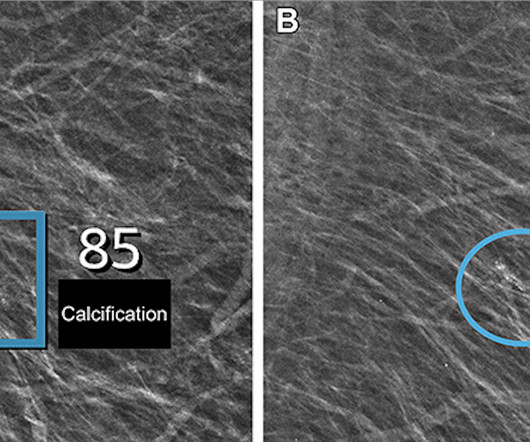
Imaging Technology
JUNE 4, 2024
milla1cf Tue, 06/04/2024 - 20:48 June 4, 2024 — Using artificial intelligence (AI), breast radiologists in Denmark have improved breast cancer screening performance and reduced the rate of false-positive findings. Results of the study were published today in Radiology , a journal of the Radiological Society of North America ( RSNA ). Mammography successfully reduces breast cancer mortality, but also carries the risk of false-positive findings.

Advertisement
Patient-centric scheduling can only be achieved through optimized radiology workflows, effective communications between staff and physicians, and, of course, through specialized schedulers. In this guide, we’ll take you through a step-by-step process to transform your radiology center into a high-performance hub of medical imaging.

AuntMinnie
JUNE 4, 2024
Hermes Medical Solutions , a molecular imaging software developer, and Siemens Healthineers have entered into an agreement to provide Siemens customers with access to Hermia dosimetry products. Hermia Organ Dosimetry will be integrated on syngo.via, the Siemens Healthineers vendor-neutral imaging software platform for 2D, 3D, and 4D reading and advanced visualization.

Imaging Technology
JUNE 4, 2024
milla1cf Tue, 06/04/2024 - 20:45 June 4, 2024 — International medical imaging IT and cybersecurity company Sectra has launched a new diagnostic IT module for genomics within molecular pathology, developed in collaboration with the University of Pennsylvania Health System in the US. The new solution, now clinically live, enables hospitals to predict how an individual cancer patient may respond to different treatments based on genomic information.
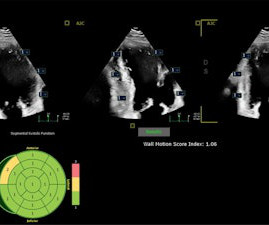
AuntMinnie
JUNE 4, 2024
Royal Philips has introduced new AI applications for its Epiq CVx and Affiniti CVx ultrasound scanners. The applications, which include technology developed by recent Philips acquisition DiA Imaging Analysis, bring automated measurements, greater reproducibility, and improved workflows, according to the vendor. New capabilities include automated measurements of left ventricle (LV) ejection fraction as well as LV strain analysis.
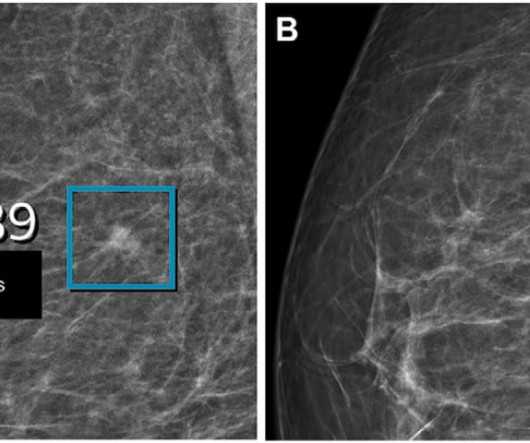
Diagnostic Imaging
JUNE 4, 2024
In a retrospective study involving nearly 119,000 women, researchers found that implementation of AI into mammography screening increased the positive predictive value by 11 percent, increased small cancer detection by 8.3 percent and reduced reading workload by approximately 33 percent.
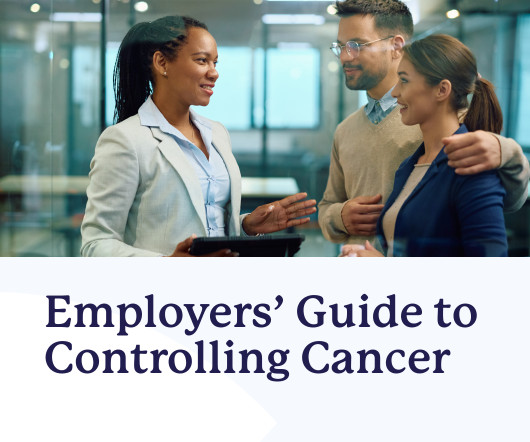
Advertisement
About 40% of us will be diagnosed with cancer in our lifetime, and patients are getting younger. At the same time, the cost of treatment continues to rise, with employers spending 8.5% more on cancer care for each employee than they did last year. The best thing employers can do for their employees and business tomorrow is to invest in cancer detection and care today.

AuntMinnie
JUNE 4, 2024
Trilantic North America, a growth-focused middle market private equity firm, has invested in Sofie Biosciences, a founder-led radiopharmacy and contract development and manufacturing organization. The investment was made in partnership with Sofie's founding team, who will retain an equity stake and continue to lead the business. The firm said that this growth investment will capitalize on several growth initiatives, including expanding capacity and points of presence to improve patient access to

Health IT Analytics
JUNE 4, 2024
A deep reinforcement learning model designed to tailor adaptive treatment schedules could double the time to progression for prostate cancer patients.
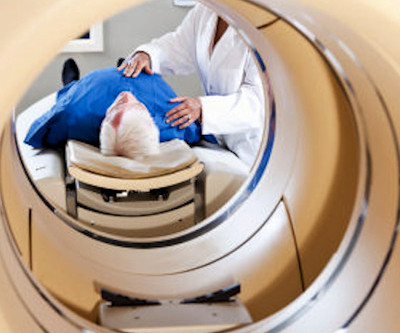
AuntMinnie
JUNE 4, 2024
Nova Scotia Health’s QEII Health Sciences Centre has become the first health center in Canada to acquire a GE HealthCare (GEHC) StarGuide SPECT/CT scanner. The acquisition is part of a 6-million-Canadian dollar ($4.4 million U.S.) project that is being equally funded by QEII Foundation donors and Nova Scotia Health. The QEII Foundation is raising 3 million Canadian dollars ($2.2 million U.S.) to support the acquisition of two StarGuide scanners as part of the Foundation’s 100-million-Canadian-d
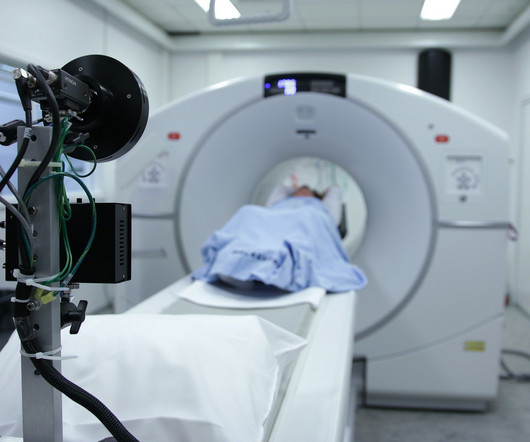
Medical Xpress: Radiology
JUNE 4, 2024
While cervical spine injuries (CSI) are uncommon in children, they can be potentially devastating, resulting in quadriplegia—paralysis below the neck affecting both arms and both legs. Detecting CSIs in a clinical setting often requires imaging such as X-rays and computed tomography (CT) scans, both of which expose children to radiation, which can cause other health issues over time.

Advertisement
Discover how Color's comprehensive care solution is revolutionizing cancer screening adherence and knowledge. Through an in-depth case study, Color's unique approach to comprehensive cancer care has shown significant benefits in increasing screening rates and enhancing patient knowledge. Participants reported a 2-3x increase in adherence to screening guidelines over just 8 weeks, with 84% of participants increasing their familiarity with timing and frequency of cancer screening.
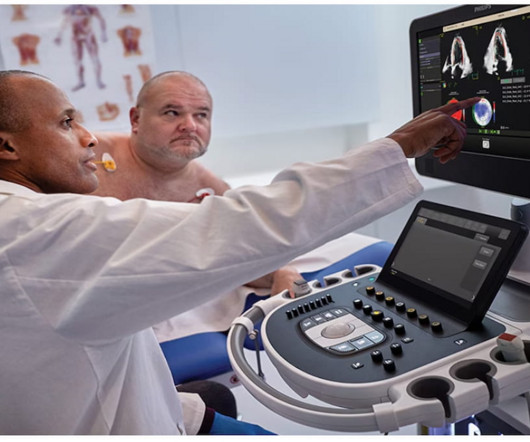
Diagnostic Imaging
JUNE 4, 2024
Featuring a combination of automated measurement capabilities and workflow enhancements, the new AI-powered cardiovascular ultrasound platform also provides automated assessment of regional wall motion abnormalities.

Vesta Teleradiology
JUNE 4, 2024
A recent study published in European Radiology highlights a significant increase in the use of cardiac imaging techniques such as MRIs and CT scans between 2011 and 2022 across 32 countries. The data, gathered from the European Society of Cardiovascular Radiology’s MR-CT registry, showed a 3.8-fold increase in MRIs and a 4.5-fold increase in CT scans for cardiac concerns during this period.

Medical Xpress: Radiology
JUNE 4, 2024
Living bone is fascinating because of its unique ability to adapt to mechanical stress and regenerate without scarring. During fracture healing, blood vessels and bone cells work closely together to gradually replace the initial cartilaginous wound tissue with ingrowing blood vessels and new bone tissue.

Diagnostic Imaging
JUNE 4, 2024
Review the case and test your knowledge to make the correct diagnosis.

Advertisement
Explore the latest insights from the American Cancer Society's “Cancer Statistics 2024” report, which unveils multiple alarming trends in cancer data. Cancer is on the rise among young adults, and diagnoses for 6 of the 10 most common cancers are escalating. With over 2 million new cancer cases projected in the U.S. this year, employers face increased challenges when it comes to supporting employees.

Medical Xpress: Radiology
JUNE 4, 2024
Using artificial intelligence (AI), breast radiologists in Denmark have improved breast cancer screening performance and reduced the rate of false-positive findings. Results of the study were published in Radiology.
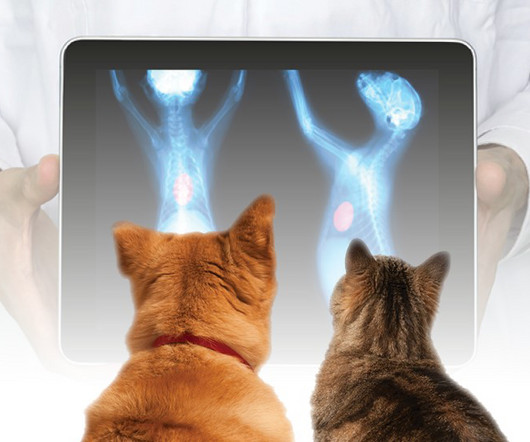
Maven Imaging
JUNE 4, 2024
If you’re a veterinarian or want to become one, you’ll need a wide range of tools to perform exams, diagnostics, surgeries, and treatments to improve the health of your patients.

Aidoc
JUNE 4, 2024
When people think of AI in healthcare, they might imagine a dystopian future where human physicians are replaced by robots, removing any semblance of humanity and emotion in a field where bedside manner is essential. However, the reality of the role of artificial intelligence in healthcare today is far less grim. Amongst the slew of proven benefits in the clinical domain , healthcare AI has cemented itself as a sidekick to physicians.
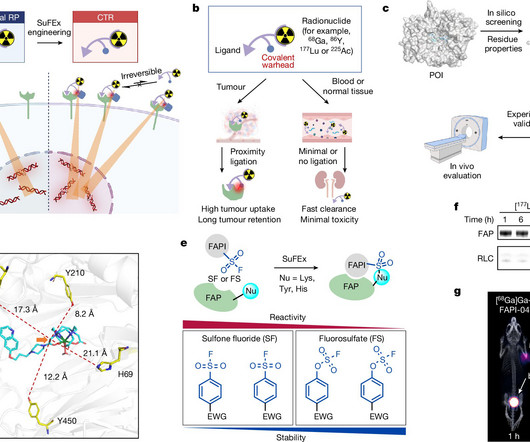
Medical Xpress: Radiology
JUNE 4, 2024
Prof. Liu Zhibo's team from Peking University (PKU)'s College of Chemistry and Molecular Engineering, along with collaborators, recently published a paper titled "Covalent targeted radioligands potentiate radionuclide therapy" in Nature. This marks the journal's first publication on radionuclide therapy since 1977. (Radionuclides are radioactive forms of elements.

Advertisement
As HR and Benefits leaders are in the midst of evaluating cancer care solutions and designing their requirements for vendors, it’s key to know what questions to ask to ensure the development of a truly comprehensive strategy: from prevention to diagnosis to treatment to survivorship. Getting to the right answers starts with asking the right questions: How can better access improve engagement?
Let's personalize your content